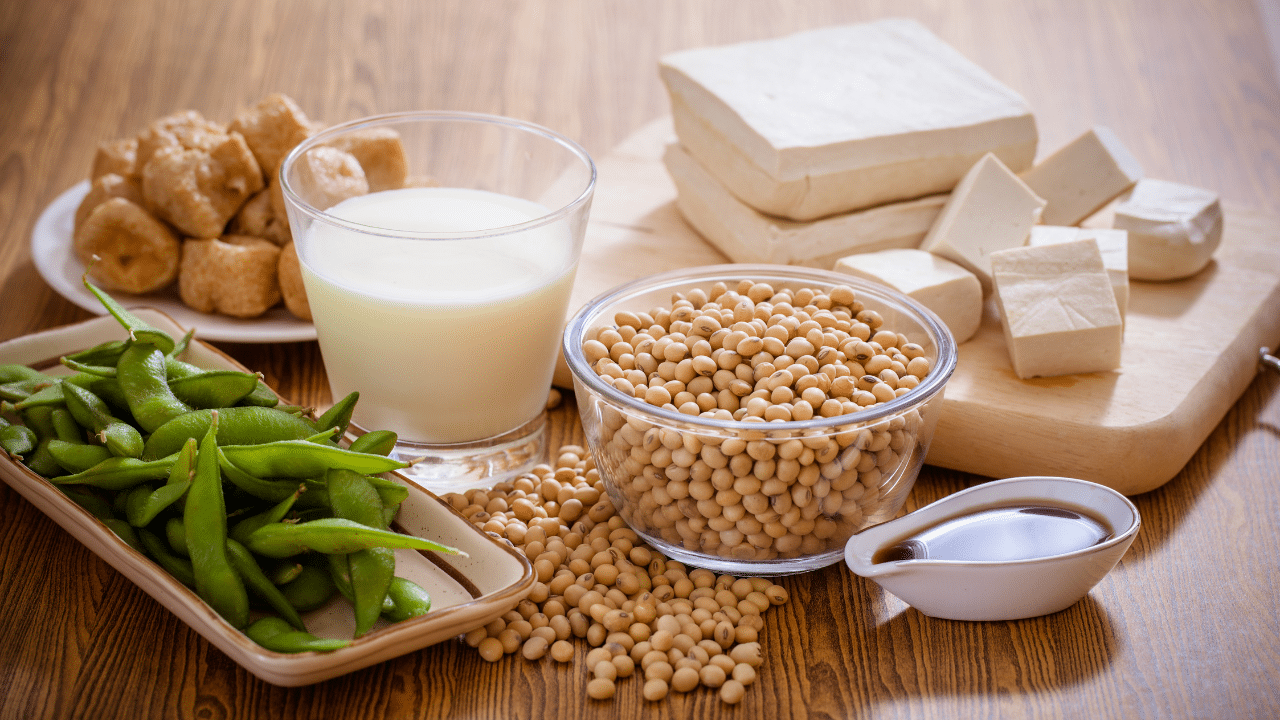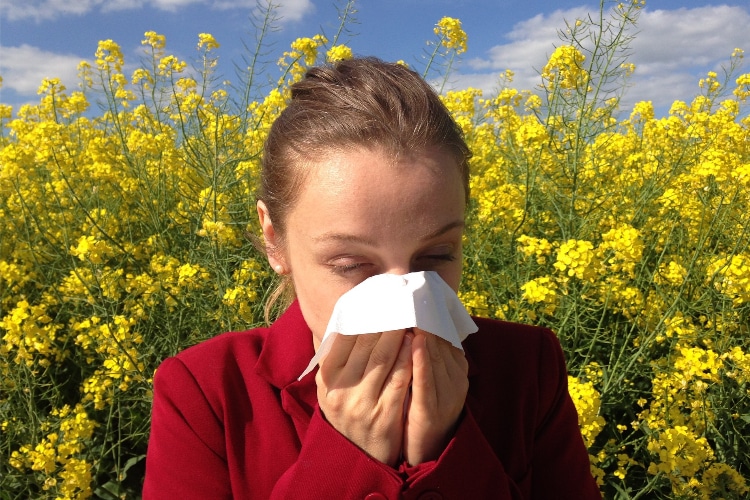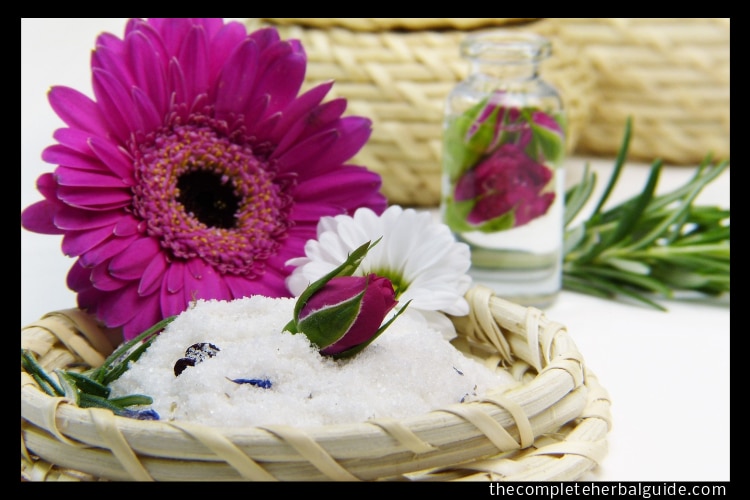
Medicinal Uses for Garlic
An Egyptian papyrus from 1500 BC lists 22 separate recipes and treatments containing Garlic! It has been used by doctors throughout the ages, particularly before the dawn of modern medicine. Its effectiveness is unchanged. Garlic is not only useful for treating existing complaints; it is also a powerful preventative medicine. By lowering cholesterol levels, regulating blood sugar, lowering blood pressure and boosting the immune system, garlic helps to build up your body and restore its defenses against both age and disease.
Table of Contents
What is Garlic?
As any chef will know, garlic is a member of the onion family, closely related to the shallot, that grows worldwide. It has a long history, forming part of the Israelite diet in the Bible and consumed by the ancient armies of Rome and Greece.
Medicinal Uses for Garlic
Garlic is a great source of antioxidants, compounds that protect your skin and slow the aging process. But it is also a powerful immune system builder that helps prevent your body from aging on the inside. Sufferers of high blood pressure or cholesterol will tell you that garlic helps to make your blood thinner and less ‘sticky’. This means that cholesterol sticks to the walls of your arteries less easily, reducing the risk of heart disease. Garlic really is a multipurpose herb – it also acts as an anti-inflammatory, antibiotic and antifungal treatment. Of course, it does not compare to prescription drugs for these purposes, but adding garlic to your diet will give you an extra layer of protection against many infections and diseases. For sufferers of Candida, garlic is a powerful natural antiseptic that can cure inflammations of the stomach and intestine, including the Candida yeast.
In fact, garlic is recommended in many Candida treatments. But unlike other more powerful treatments, garlic destroys unfriendly bacteria while preserving and boosting the good bacteria in your digestive system. Although no tests have been performed on garlic and Candida in humans, a study on mice infected with the Candida yeast found that garlic completely eliminated a serious outbreak within 2 days. Other Uses for Garlic Garlic is used worldwide in cooking, especially in the cuisines of the Mediterranean. It has such a long history of use that it features in many stories and legends, and is, of course, one of the weapons used to fight vampires!
How Do You Take Garlic?
Garlic products are made from whole fresh garlic, fresh or dried garlic cloves, whereas garlic powder is produced from the dried cloves or freeze-dried garlic. Another option is garlic oil extract. Each type contains different levels of the active ingredients, so make sure to read the ingredients.
Here is a basic run-down of the recommended dosage for each type:
- Cloves: 2 to 4 grams per day of fresh, minced garlic clove
- Garlic Tablets: 600 to 900 mg daily, freeze-dried garlic standardized to 1.3% alliin or 0.6% allicin
- Garlic Infusion: 4 grams in 150 ml of water/day
- Oil (Garlic): 0.03 to 0.12 ml three times a day
Although a natural remedy, concentrated garlic can still interact with other medicines, so always consult a health professional. Garlic has a blood-thinning property that can be very useful but can also be dangerous to sufferers of hemophilia or platelet disorders, as well as pregnant women or patients about to undergo surgery. Side effects from garlic include upset stomach, bloating, bad breath, body odor, and a stinging sensation on the skin from handling too much fresh or dried garlic. Handling garlic may also cause the appearance of skin lesions.






